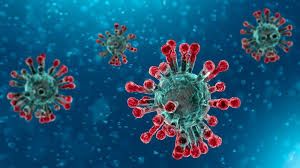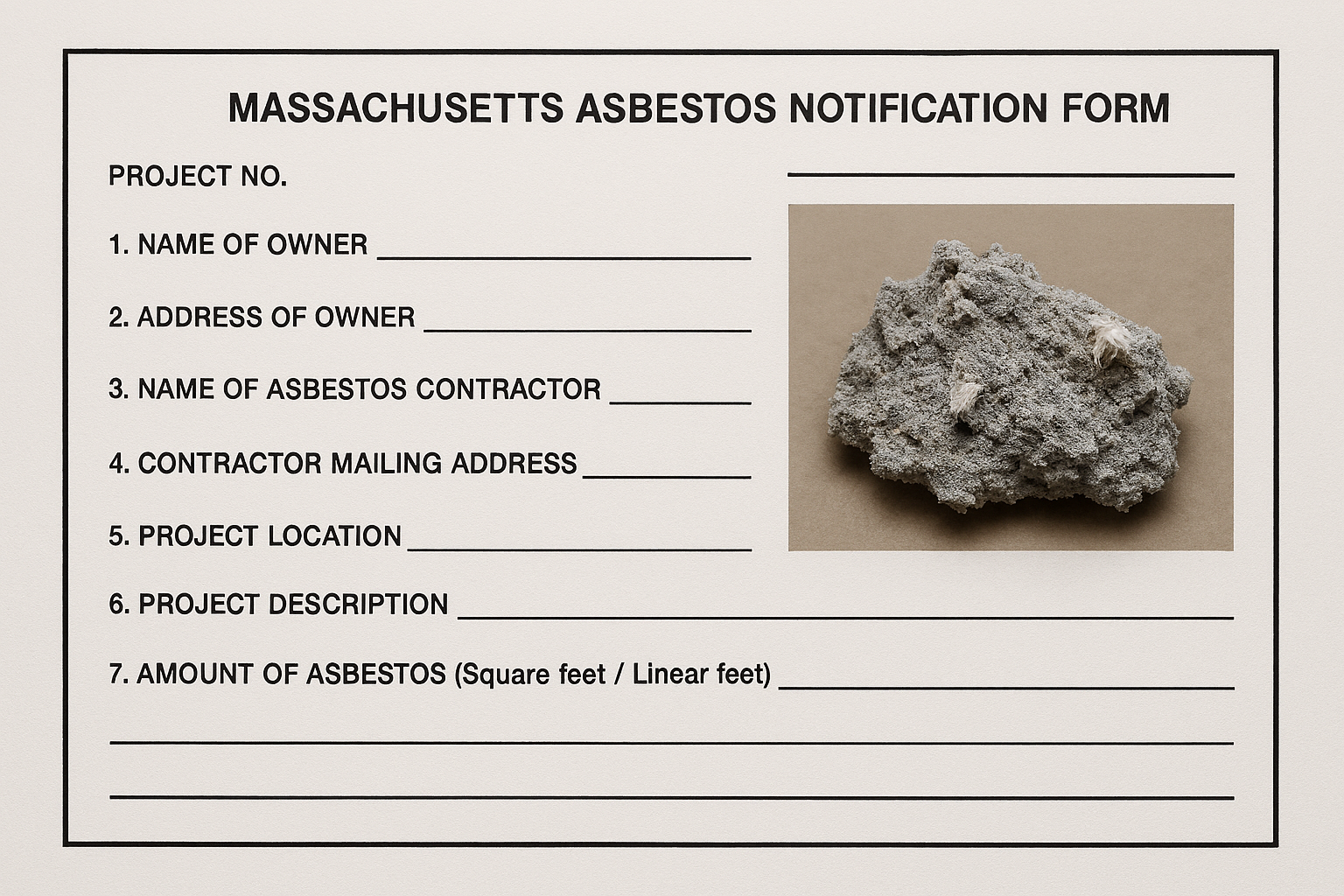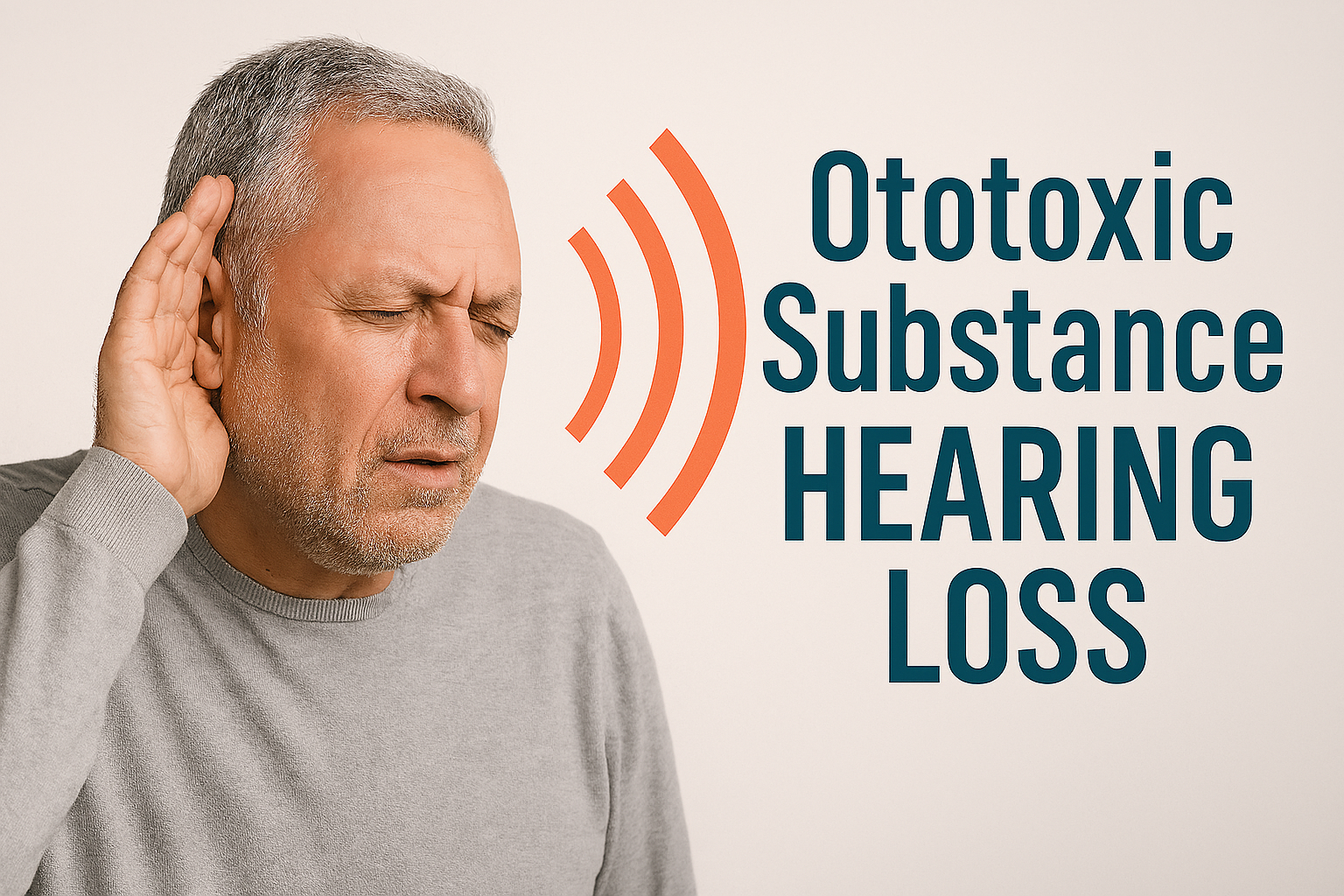The Covid-19 pandemic has prompted many people to think about ways to reduce their risk – or their company’s risk - of contracting this disease or spreading it to others. An earlier article on this blog shared that infected individuals expel virus particles when they sneeze, cough, or simply breathe normally. We become infected when we inhale these airborne virus particles.
We can also contract Covid-19 when we touch surfaces contaminated with the virus and then introduce them into our bodies by touching our eyes, nose, and mouth. Thorough cleaning and disinfection of surfaces - in conjunction with frequent hand washing - will reduce our risk of infection via this mode.





